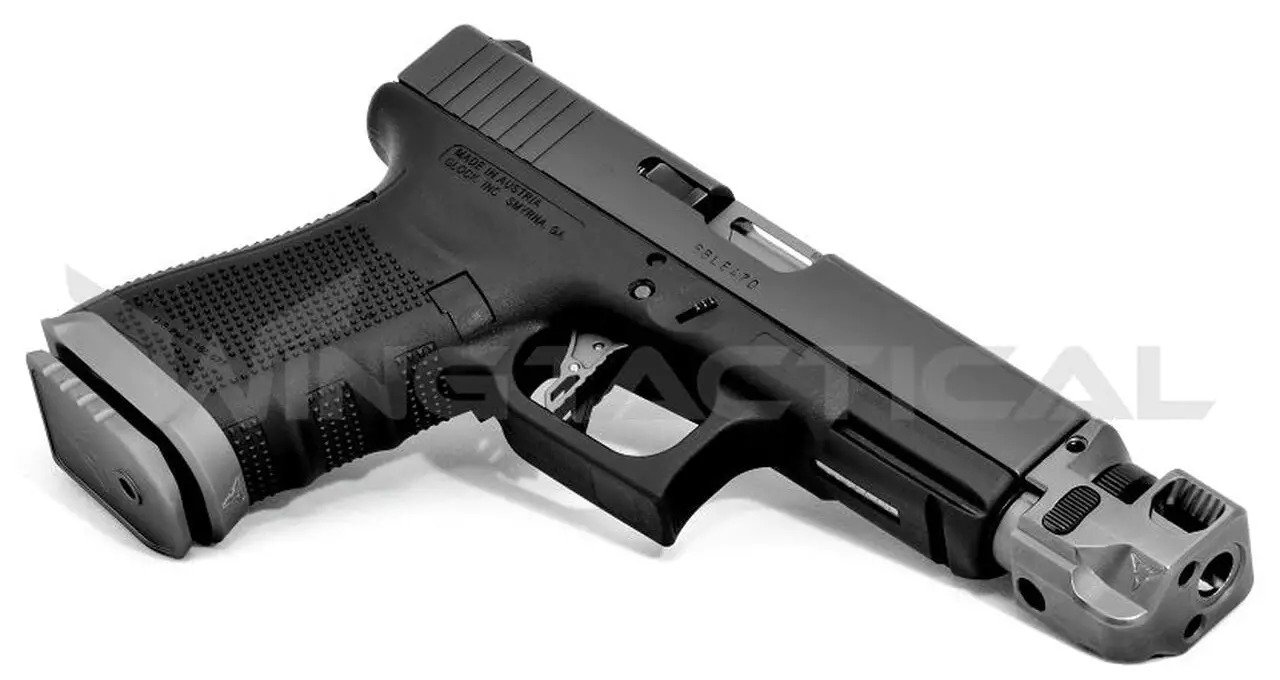
Even if you purchase a high-quality pistol and use and care for it properly, you're likely to experience the occasional hiccup in function. The ability to recognize and anticipate some of the typical handgun malfunctions enables you to identify them when they occur and take the appropriate corrective measures.
Troubleshooting Common Handgun Malfunctions
Examples of gun problems you're likely to experience include:
- Failure to fire: The most obvious sign of a handgun malfunction is when the pistol won't fire when you pull the trigger. Misfires typically occur due to issues with the primer or powder. Keep the gun pointed in a safe direction for a full minute to ensure you don't have a delayed discharge. Also known as a hang fire, this pistol malfunction is a delay between the trigger pull and primer ignition. After confirming that the round is dead, you'll need to remove the "dud" and dispose of it safely.
- Failure to eject: Also known as stovepiping when the spent casing flips vertically, a failure to eject occurs when an empty cartridge doesn't clear the ejection port. These issues can result from mechanical problems, a lack of cleaning and maintenance, or improper loading.
- Failure to extract: This malfunction occurs when the handgun fires, but the extractor doesn't pull the spent cartridge case from the chamber for ejection. Consequently, it's impossible to feed another round into the chamber.
- Double feeding: A double feed happens when the firing process results in the magazine attempting to feed two rounds into the chamber simultaneously. Typical causes include a faulty magazine or a damaged recoil spring affecting the gun's timing.
- Incomplete discharge: In some cases, a projectile can become lodged in the barrel when firing, creating an explosion hazard. If the shooter fires a subsequent round without clearing the obstruction, the intense pressure and subsequent explosion could injure the user and bystanders. A stuck bullet, also known as a squib, generally occurs when the cartridge's powder charge does not produce sufficient firing force.
- Failure to feed, or tip-up: Possibly the most common handgun malfunction is the failure to feed, which often manifests as tip-up. This error occurs when a round feeds from the magazine but doesn't enter the chamber. Instead, the bullet's nose lodges against the barrel hood. Tip-up can be difficult to diagnose, as the problem could lie with the gun, the ammunition or the magazine.
- Slamfire: A slamfire occurs when a round discharges unintentionally while being loaded into the chamber — an extremely dangerous situation. Properly maintaining the pistol and exercising caution when loading can minimize the slamfire risk.
- Hammer follow: Sometimes, a gun's firing mechanism functions more quickly than intended. Hammer follow occurs when the disconnector fails to engage, permitting the hammer to follow the firing pin and bolt into battery. As a result, the hammer does not stay cocked and the gun will not fire when the trigger is pulled.
Pistol Upgrades to Help Avoid Malfunctions
From competition shooting to home defense, preventing and minimizing malfunctions is pivotal. Explore hundreds of aftermarket handgun parts from Wing Tactical to improve your pistol's functionality and accuracy.